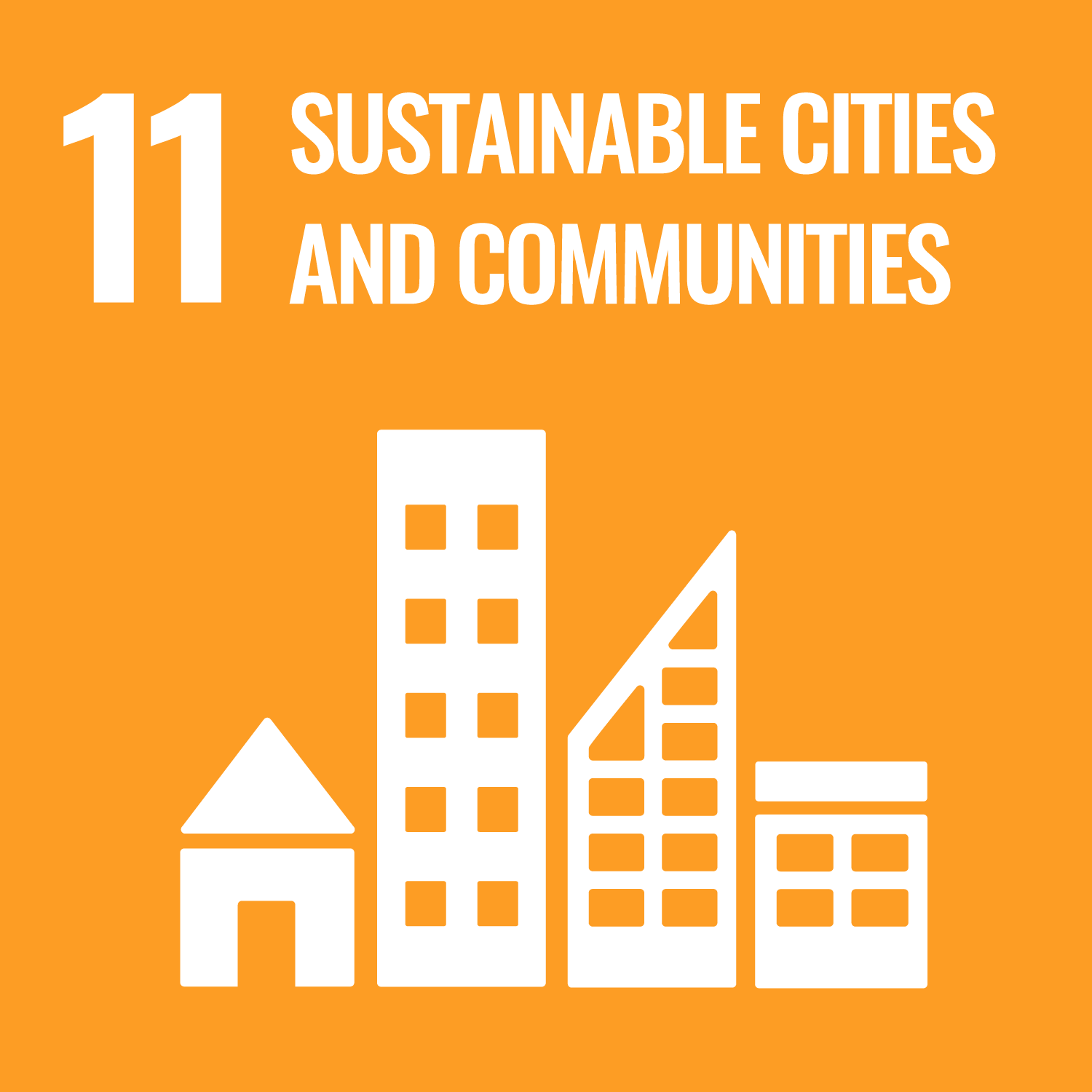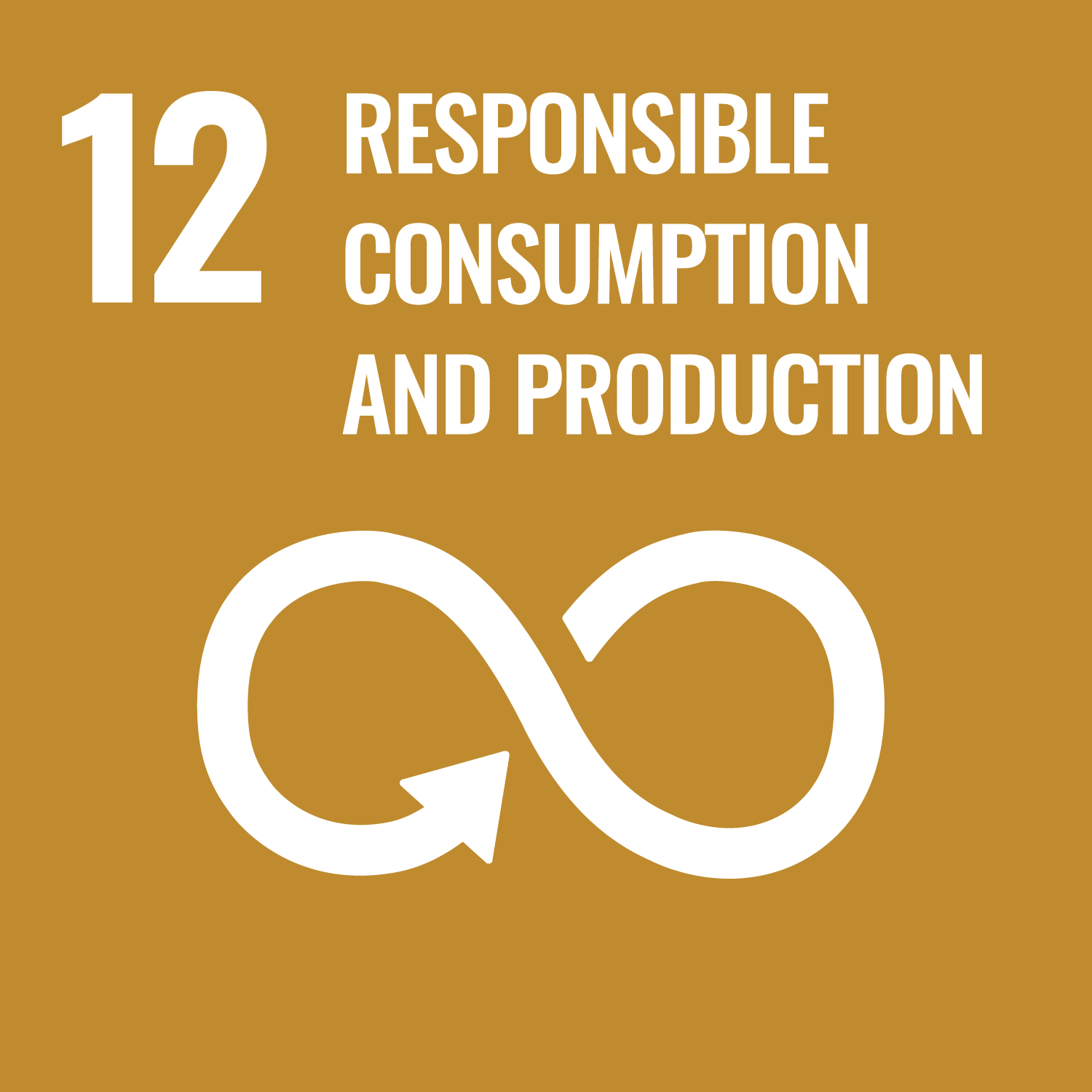Abiad, A.M.K., Pilakoutas, K. orcid.org/0000-0001-6672-7665, Guadagnini, M. orcid.org/0000-0003-2551-2187 et al. (1 more author) (2024) The influence of cement bypass dust composition on the properties of slag-based mortars. Construction and Building Materials, 444. 137829. ISSN: 0950-0618
Abstract
Research on sustainable alternatives to Ordinary Portland Cement aims to reduce global CO2 emissions from cement production. Utilizing byproducts or waste materials to create sustainable binders is a promising approach. Cement bypass dust is being investigated as a potential activator of pozzolanic materials, however there is large variability in the composition of this dust and research is necessary to understand the differences for the potential application of the waste material. The objective of this work was to compare two bypass dusts where ternary and binary mortars of bypass dust (50 %, 30 %, 10 %, 0 % and by weight), cement (100 %, 80 %, 40 % and by weight), and blast furnace slag (50 %, 30 %, 10 % and 0 % by weight), were produced. Mortars were all ambient cured and a water to binder ratio of 0.6 was maintained for all mixes. The results showed that one bypass dust had a much higher free lime and chloride content, whereas the other had more calcite and sulphates. Compressive strengths of the 1:1 slag and sulphate rich bypass dust were of 18.6 MPa at 90 days, and lime rich bypass dust achieved 15.1 MPa. X-ray diffraction and thermogravimetric analysis revealed that sulphate rich bypass dust formed more ettringite, enhancing strength, while lime rich bypass dust formed more portlandite due to its lime content. Chemical shrinkage results showed volumetric expansion at early ages for both bypass dusts with lime rich bypass dust swelling up to 0.057 ml/g and sulphate rich bypass dust up to 0.015 ml/. Despite this, both bypass dust binders exhibited higher shrinkage strains over a 150-day period compared to cement, where sulphate rich and lime rich bypass dust had strain percentages of 0.225 % and 0.228 %, respectively. This work found the main differences between the composition of two bypass dusts, and it was found that these materials can be reused to fabricate cementless binders.
Metadata
| Item Type: | Article |
|---|---|
| Authors/Creators: |
|
| Copyright, Publisher and Additional Information: | © 2024 The Author(s). This is an open access article under the CC BY license (http://creativecommons.org/licenses/by/4.0/). |
| Keywords: | Cement mortar; Bypass dust; Blast furnace slag; Waste utilisation; Cement replacement |
| Dates: |
|
| Institution: | The University of Sheffield |
| Academic Units: | The University of Sheffield > Faculty of Engineering (Sheffield) > School of Mechanical, Aerospace and Civil Engineering The University of Sheffield > Faculty of Engineering (Sheffield) > School of Chemical, Materials and Biological Engineering |
| Date Deposited: | 28 Oct 2025 14:19 |
| Last Modified: | 28 Oct 2025 14:19 |
| Status: | Published |
| Publisher: | Elsevier BV |
| Refereed: | Yes |
| Identification Number: | 10.1016/j.conbuildmat.2024.137829 |
| Related URLs: | |
| Sustainable Development Goals: | |
| Open Archives Initiative ID (OAI ID): | oai:eprints.whiterose.ac.uk:233558 |
Download
Filename: 1-s2.0-S0950061824029714-main.pdf
Licence: CC-BY 4.0



 CORE (COnnecting REpositories)
CORE (COnnecting REpositories) CORE (COnnecting REpositories)
CORE (COnnecting REpositories)